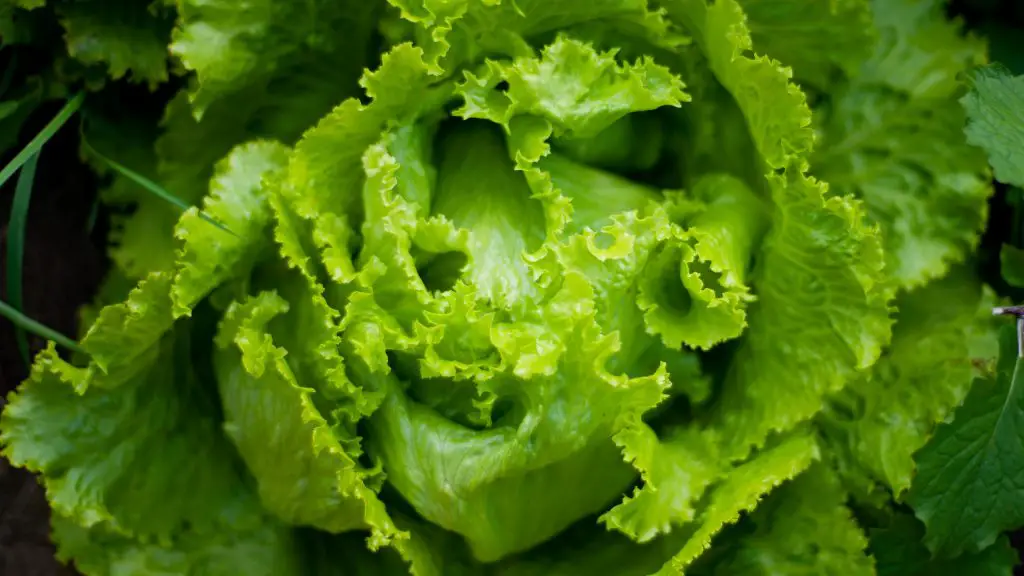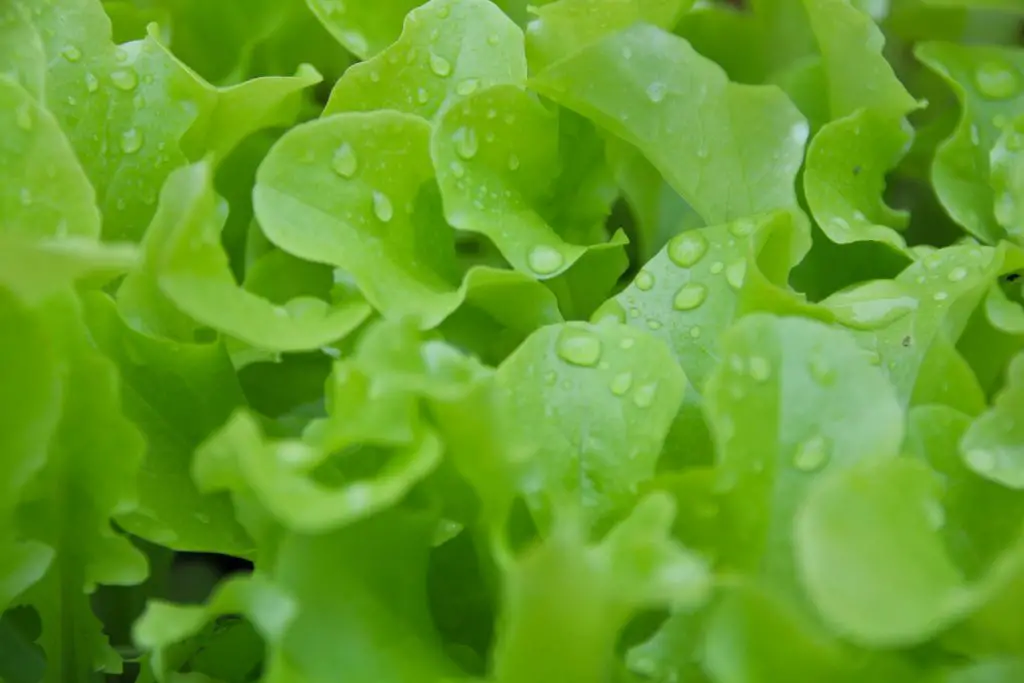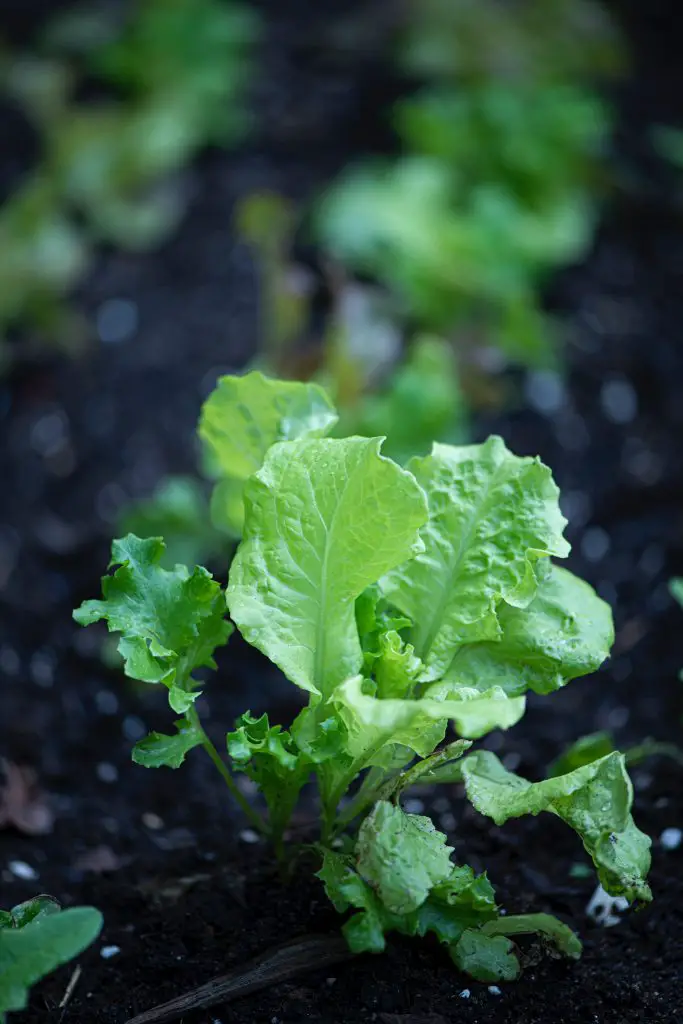Is Lettuce A Vegetable? Lettuce is one of the most widely used foods in the world. It is used to make a range of salads and is a common ingredient in burgers and sandwiches. But what is it classified as? A fruit, a vegetable, or something else?
Lettuce is classified as a vegetable. Whether something is considered a vegetable is based on the parts of the plant that are consumed. A plant is considered a vegetable if the edible part of the plant is stems, leaves, or roots of the plant whereas fruits are the ovary of the plant which contains seeds of the plant which include foods like tomatoes, cucumbers, zucchini, and watermelon.
About Lettuce
Lettuce is a member of the Aster (daisy family) that originated in the Mediterranean region and has been eaten for over 8000 years. The first documented cultivation of the lettuce occurred in Ancient Egypt around 6,000 years ago, but it is likely that it was cultivated for several thousands of years prior to that.
Evidence of the use of lettuce appeared in Ancient Egyptian artwork in tombs and there is also evidence that Ancient Greeks and Romans also cultivated lettuce. With the expansion of the roman empire lettuce spread throughout Europe and was widely grown in many countries. Lettuce also traveled east to Asia eventually making its way to China somewhere in the 5th to 7th century.
Lettuce was introduced to the Americas by Christoper Columbus who carried lettuce to the Bahamas in 1494 and it was grown at all the European settlements in South America. However, Lettuce cultivation did not begin in the United States until the 1600s when John Winthrop Jr. brought lettuce seeds from England.
Due to the breadth of cultivation around the world, many new varieties began to appear, particularly between the late 1500’s and the 1700’s in Europe. By the 19th century, there were believed to be between 65 and 140 varieties according to Wikipedia, however, the precise number of cultivars available is difficult to determine as it has been common for seed merchants to regularly change the name of varieties.

Are There Different Types of Lettuce?
The lettuce varieties can generally be divided up into 4 groups; Crisphead, Romaine, Loose Leaf, and Butterhead varieties.
Crisphead
Crisphead lettuce is relatively large lettuce that has a round head. These varieties generally have relatively tightly packed foliage that is somewhat similar to cabbage. Like cabbage, the interior leaves are paler and crunchier than the exterior leaves of the head. The most well-known variety of this type is the Iceberg variety, which needs a long, cool season to develop the dense heads.
Romaine
The other really common variety is Romaine lettuce, which is also known as Cos lettuce in some countries. The romaine lettuce is oblong in shape and has a more upright growth habit than the crisphead varieties. The leaves also feature a relatively thick central stem that adds crunch to its leaves. Due to this property romaine lettuce is sometimes grilled as well as being eaten fresh in things like a Caesar salad.
Loose-Leaf
Loose-leaf lettuces unlike the crisphead and romaine varieties do not form a primary head, instead, they have an open growth habit and in most cases produce ruffled leaves that are generally more tender than the headed lettuce variety.
Due to the constant production of leaves, these varieties allow harvests to be taken over an extended period of time rather than having a single large harvest. As a result of this characteristic Loose-leaf varieties are sometimes referred to as cut and come again varieties.
In terms of flavor loose-leaf varieties tend to a milder flavor that is slightly nutty. However, the red varieties tend to be more bitter in flavor.
Butterhead
Butterhead varieties are a popular subset of the loose-leaf varieties. Butterhead leaves featuring soft, smooth-textured, green leaves that are the most tender of all the varieties and tend to bruise easily. The taste of these varieties is much milder and sweeter than the romaine varieties.

Is Lettuce Worth Growing At Home
Growing Lettuce at home is well worthwhile as it will definitely save you money and produces a higher quality product than the brought lettuce. This is largely because the lettuce is fresher which is something you really taste.
How To Grow Lettuce
Lettuce is an extremely easy crop to grow as it will germinate quickly and is tolerant of frosty conditions. The plant generally does well in the cooler parts of the year. In warmer conditions, the plant has a tendency to go to seed relatively quickly, at which point the leaves will become bitter and unappertizing.
To maintain a constant supply it is important to ensure that seeds are planted regularly. The rule that I apply to ensure that there are always leaves available is to sow a batch of seeds whenever the previous tray is being planted out.
Additionally, when selecting varieties I recommend choosing open-leaved varieties as this will extend the period of harvest. While individual varieties can be selected to be grown I usually use a blend of seed mixtures as it ensures that you have a range of varieties in your garden at any one time.

Lettuce seeds can be sown directly out in the garden, however, I recommend planting them in seed trays. The reason for this is that it is much easier to control the growing conditions. Additionally, it also minimizes the length of time that the plants spend in the garden which provides an opportunity for other crops to be produced.
When sowing seeds they should be placed on the surface of damp seed raising mix and not buried. The reason for this is that the lettuce seeds need light to germinate. So simply sprinkle the seed onto damp seed raising mix and leave them.
Typically the seeds will take 7 to 10 days to germinate and further 4 weeks to reach a sufficiently large size to be planted out into the garden. When they are first planted in the garden they will need to be protected from slugs and snails using either snail pellets or a cloche which provides a physical barrier.
In terms of location, lettuce can be planted in sunny or shady positions within the garden. If the lettuce is going to be grown in the hotter part of the year it is advisable to plant at least some of the plants in shade, as this will reduce the chances of the plant bolting and becoming bitter too quickly.
Watering the plants regularly also reduces the chances of the plant bolting, as a stressed plant has a greater chance of running to seed.
